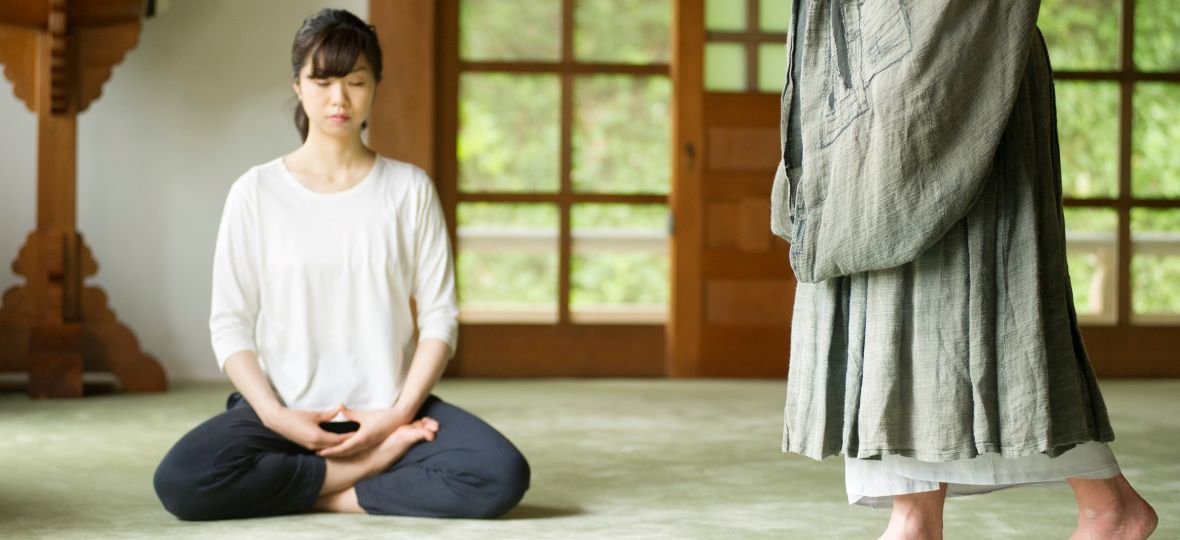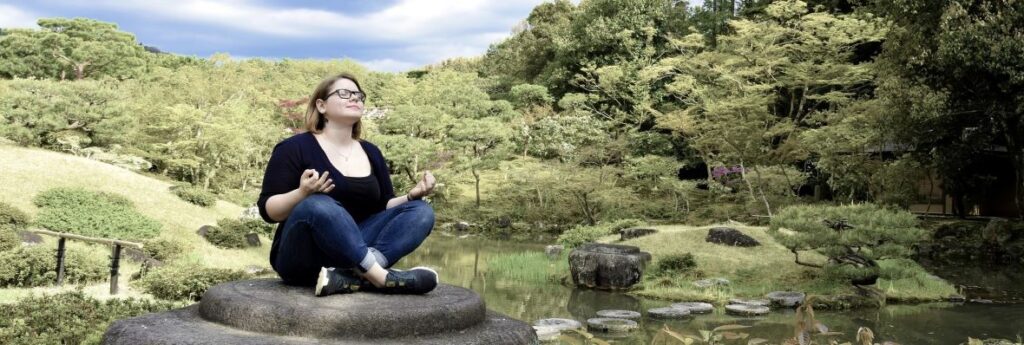Those looking for a way to cope during troubled times, or who simply have a yen for zen, can look to the land of the rising sun for a host of ancient techniques to help the calm nerves and promote mindfulness, and at the same time provide a little taste of Japan from afar.
From recreating a Japanese onsen to seeking mindfulness through zen meditation and shakyo, or the art of kintsugi, there are a variety of fun, interactive ways to recreate some of the country’s ancient well-being and mindfulness practices.
The methods and products below, suggested by the Japan National Tourism Organization, highlight how some of the country’s oldest traditions can help to inspire travellers to start planning their next restorative journey to Japan.
ONSEN
One of Japan’s most iconic wellness attractions, the onsen (or hot spring), is naturally enriched with vitamins and minerals from subterranean volcanic activity beneath the archipelago. There are a variety of products travellers can buy to enhance their own Japanese-style bath at home; the Japanese brand Kracie has created a variety of bath salts, allowing people to bring the spirit of the onsen into their homes. These bath salts mimic the vitamin and mineral composition of some of Japan’s most popular onsens like Noboribetsu Onsen, Beppu Onsen and Kusatsu Onsen. Each packet of salts has a specific purpose, so people can mix and match the salts to create their desired wellness remedy.
HINOKI
Another way to recreate a Japanese-style bath at home is to introduce the scent of hinoki, or Japanese cypress. This type of wood is used for traditional Japanese bathtubs and bath products in ryokans and local homes, as the scent has a relaxing effect on the body. Adding a few drops of hinoki essential oil or burning a hinoki-scented candle can elevate any bath experience.
MEDITATION

Zen Buddhism involves meditation to focus and ease the mind, and to live more simply and organically. The Zen philosophy instructs how to be more reflective of our actions and more appreciative of others.
According to Zen, good posture leads to good breathing, which leads to good mind, spirit and energy. Zen students are taught to focus breathing, “to breath in what we are learning from our experience, what nature is trying to teach us, and how we can actually benefit from it.” The exercise is therapeutic and relieves stress.
For a moment of mindfulness, the Soto Zen Buddhist Association also recommends the practice of zazen meditation, a meditative discipline specific to the Zen Buddhist tradition. In Japan, only two monasteries practice this form of Buddhism: the Daihonzen Eiheiji in Fukui Prefecture and the Daihonzan Sojiji in Kanagawa Prefecture. The association has a STARTER VIDEO to help anyone get started.
SHAKYO
Other forms of mindfulness include the practice of shakyo, or hand-copying Buddhist sutras. Shakyo originated before printing and was the primary way of diffusing the teachings of Buddha. Now, the practice is done as a form of prayer, and copying sutras can help someone obtain various blessings. Various kits can be found online that come complete with a brush pen, transcription paper and a sutra.
KINTSUGI
Directly translating as “golden journey,” kintsugi is the meditative Japanese art of repairing broken pottery with a special lacquer dusted in gold, silver or platinum and is tied to the philosophy of wabi-sabi, embracing the flawed or imperfect. The technique was originally invented in the 15th century and can now be practiced at home, using safe and hypoallergenic kits such (which can be found on Amazon) that have everything needed to successfully repair broken ceramics. Today, most gold used to fix ceramics with the kintsugi technique in Japan can be traced back to Kanazawa, which produces 99 percent of all domestic gold leaf.
These are just a few of the many wellbeing traditions that are entirely unique to Japan. For more inspirations, visit HERE.

